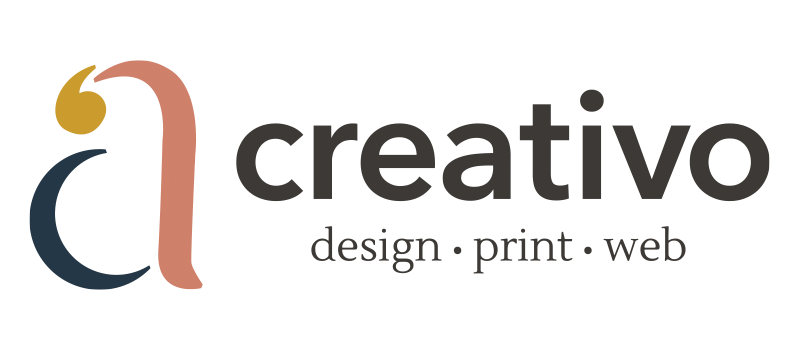A Comprehensive Guide to Website Accessibility Compliance in Canada
In an era dominated by digital interactions, ensuring that websites are accessible to everyone is paramount. Website accessibility compliance is a legal and ethical obligation that empowers individuals with disabilities to participate fully in the online world.
In Canada, regulations and standards have been established to uphold this commitment, fostering an inclusive digital environment for all users.
Creating an accessible website is crucial to ensure that users of all abilities can navigate and interact with your content. This article includes a basic website accessibility checklist to guide you through the key elements.
Understanding Accessibility Legislation in Canada
Canada has made significant strides in promoting web accessibility through various legislative measures. The Accessibility for Ontarians with Disabilities Act (AODA) is a prominent example, with its goal to make Ontario fully accessible by 2025. While AODA specifically applies to Ontario, other provinces and territories have also taken steps to address accessibility. Moreover, the Canadian Human Rights Act prohibits discrimination based on disability, emphasizing the importance of accessibility nationwide.
Web Content Accessibility Guidelines (WCAG):
To achieve website accessibility compliance in Canada, adhering to the Web Content Accessibility Guidelines (WCAG) is crucial. Developed by the World Wide Web Consortium (W3C), WCAG provides a set of guidelines for creating accessible web content that is universally applicable. The guidelines are organized around four key principles: Perceivable, Operable, Understandable, and Robust (POUR). Websites must ensure that content is easily perceptible, operable by a diverse range of users, understandable, and compatible with current and future technologies.
Common Accessibility Features:
Implementing accessibility features is essential for compliance. Some common features include:
a. Alt Text for Images: Providing descriptive alternative text for images enables users with visual impairments to understand the content.
b. Keyboard Accessibility: Ensuring that all functionality is available using only a keyboard is vital for users who cannot use a mouse.
c. Captioning and Transcripts: Including captions for multimedia content and providing transcripts ensures that users with hearing impairments can access the information.
d. Contrast Ratios: Maintaining sufficient contrast between text and background enhances readability for users with visual impairments.
Testing and Evaluation:
Regular testing is essential to gauge a website’s accessibility. Automated tools can identify certain issues, but manual testing is equally crucial for a comprehensive evaluation. Engaging users with disabilities in the testing process can provide valuable insights into the user experience and reveal potential barriers.
Consequences of Non-Compliance:
Failure to comply with accessibility regulations can have serious consequences. In addition to legal ramifications, non-compliance can lead to reputational damage and exclusion from government contracts. Being proactive in achieving and maintaining accessibility standards is not just a legal obligation but also a strategic decision for organizations aiming to foster a positive public image.
In the ever-evolving digital landscape, prioritizing website accessibility compliance in Canada is not just a legal requirement but a moral imperative. Embracing accessibility principles ensures that everyone, regardless of ability, can participate fully in the online experience. By adhering to the WCAG guidelines, incorporating accessibility features, and regularly testing and evaluating websites, businesses and organizations contribute to creating an inclusive digital environment that benefits all Canadians.

Download Now — FREE Website Accessibility Checklist 
Here’s a basic website accessibility checklist to guide you through these key elements:
-
Page Structure & Navigation
-
Readable Text, Images & Multimedia
-
Colour & Contrast
-
Online Forms & Controls

